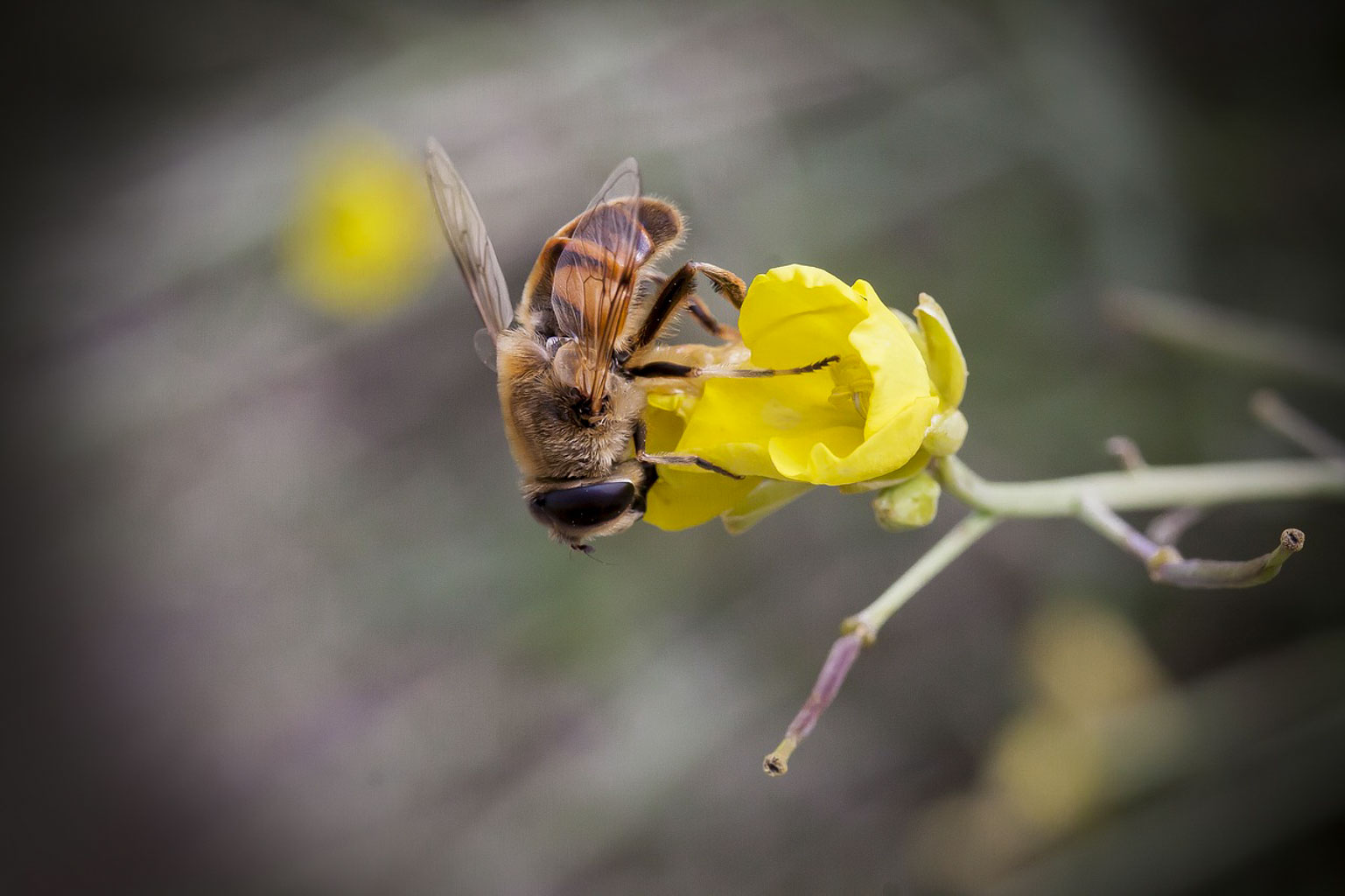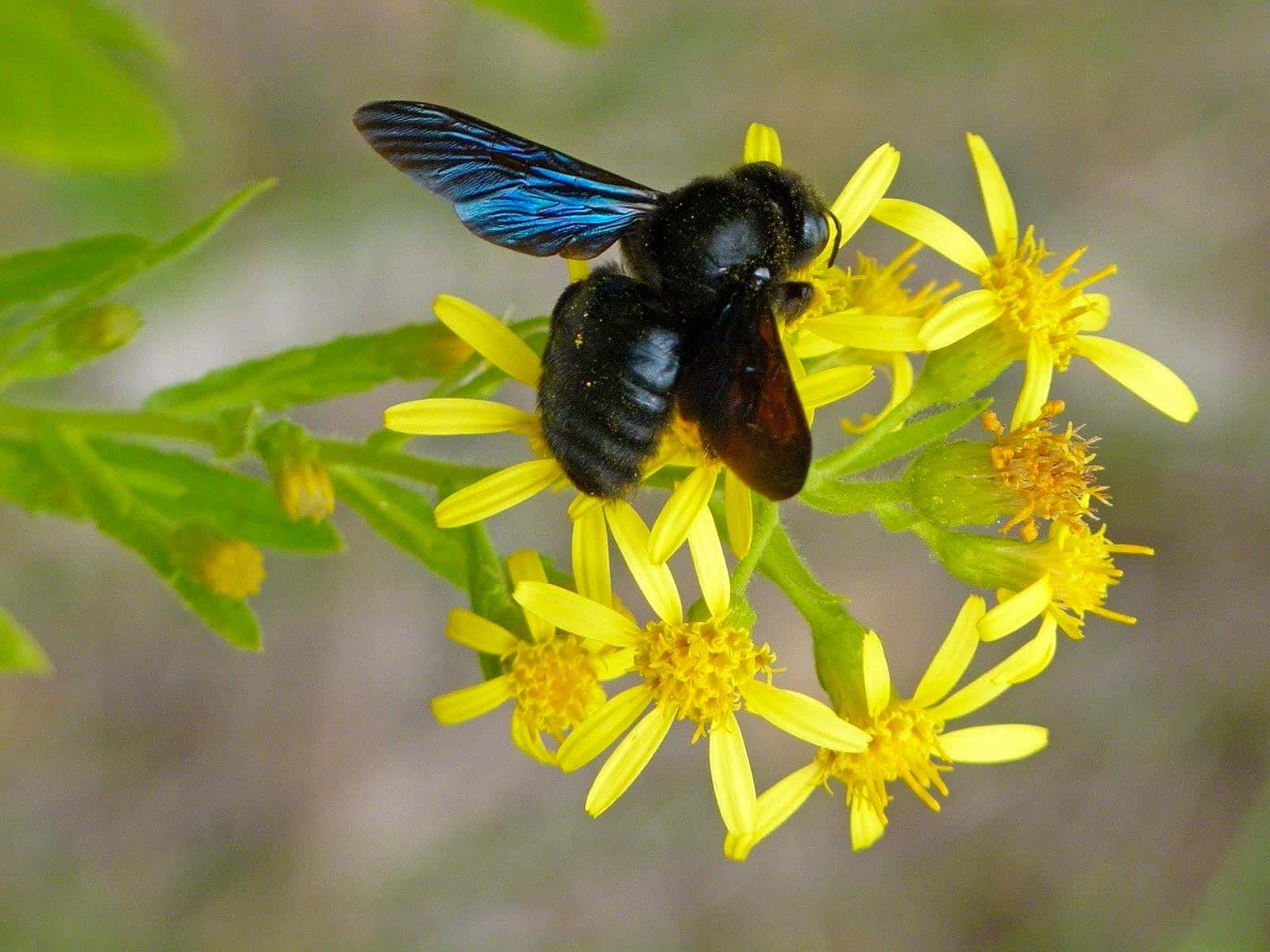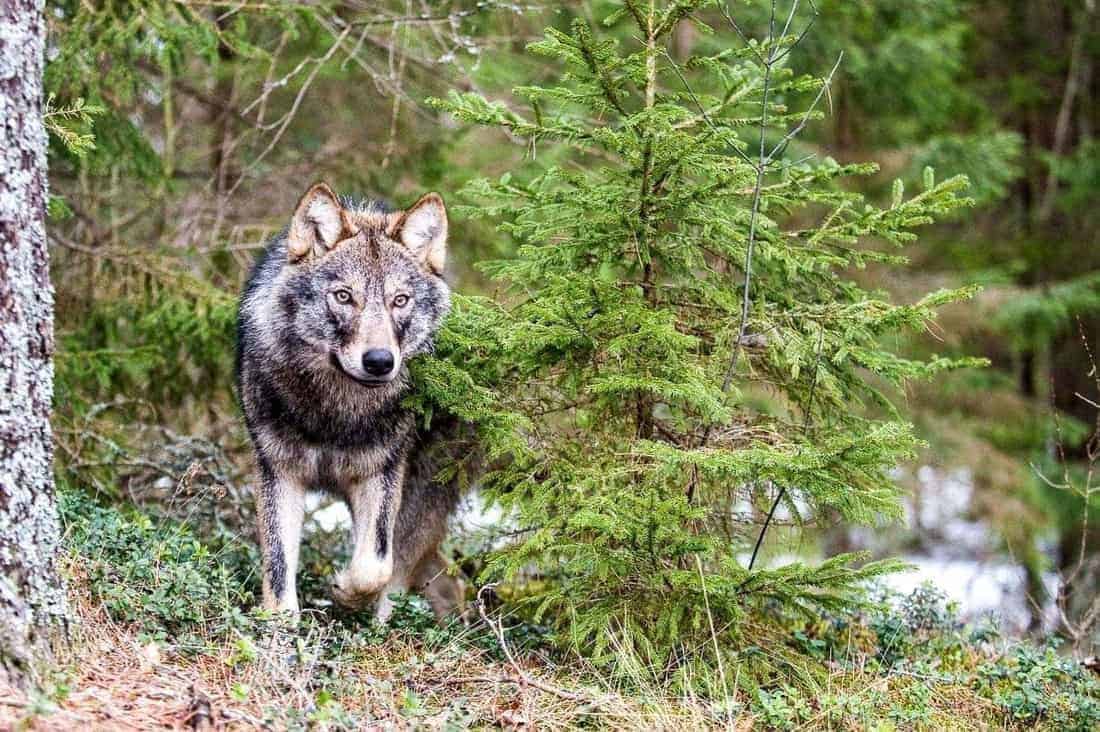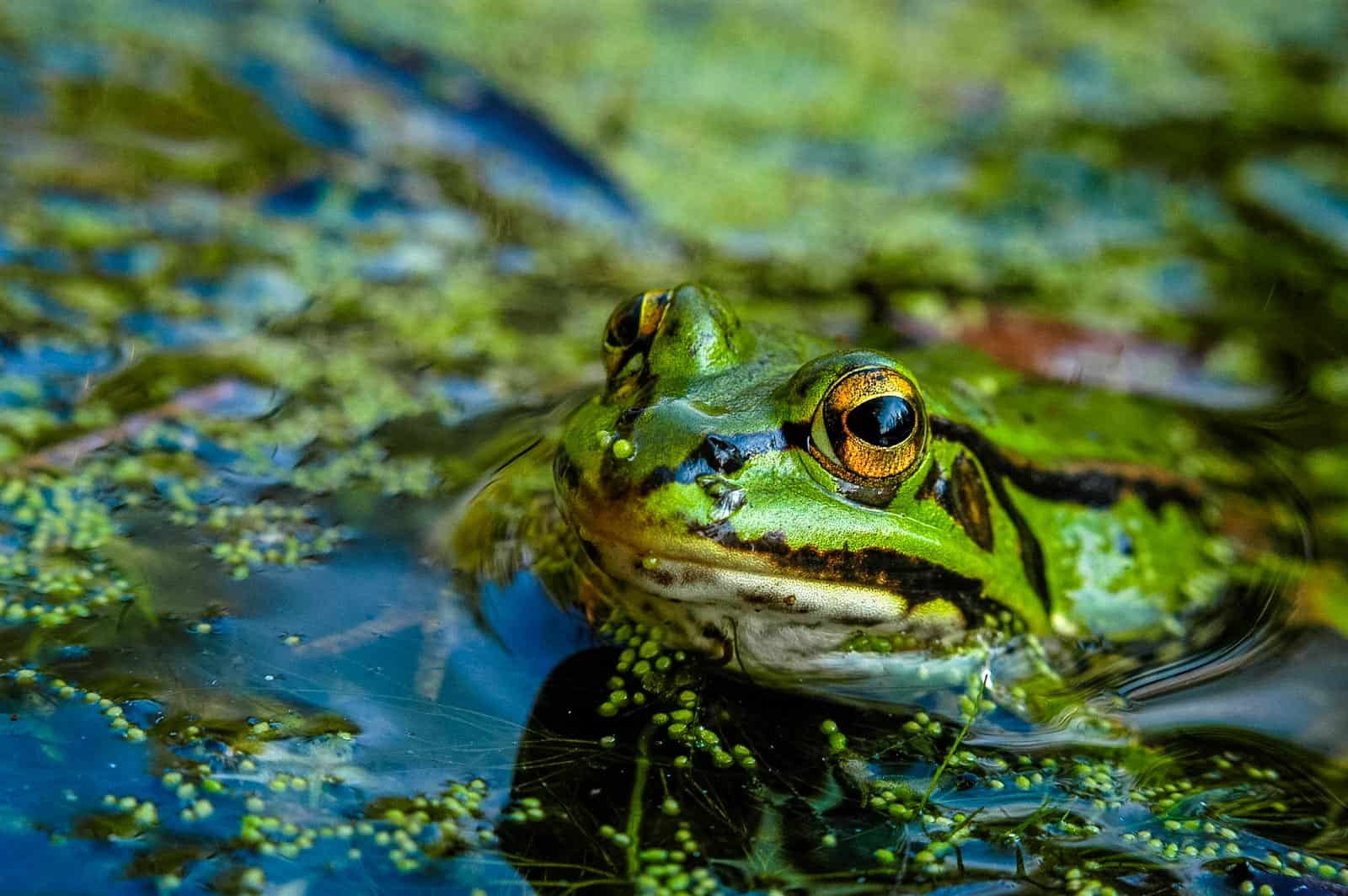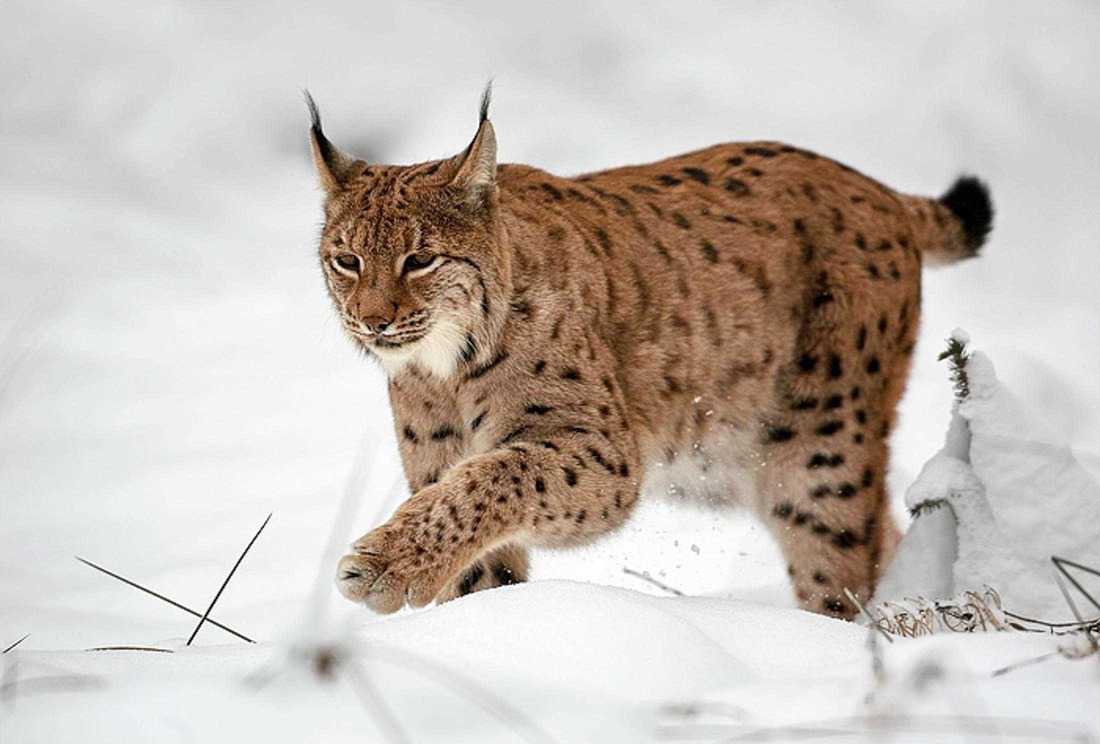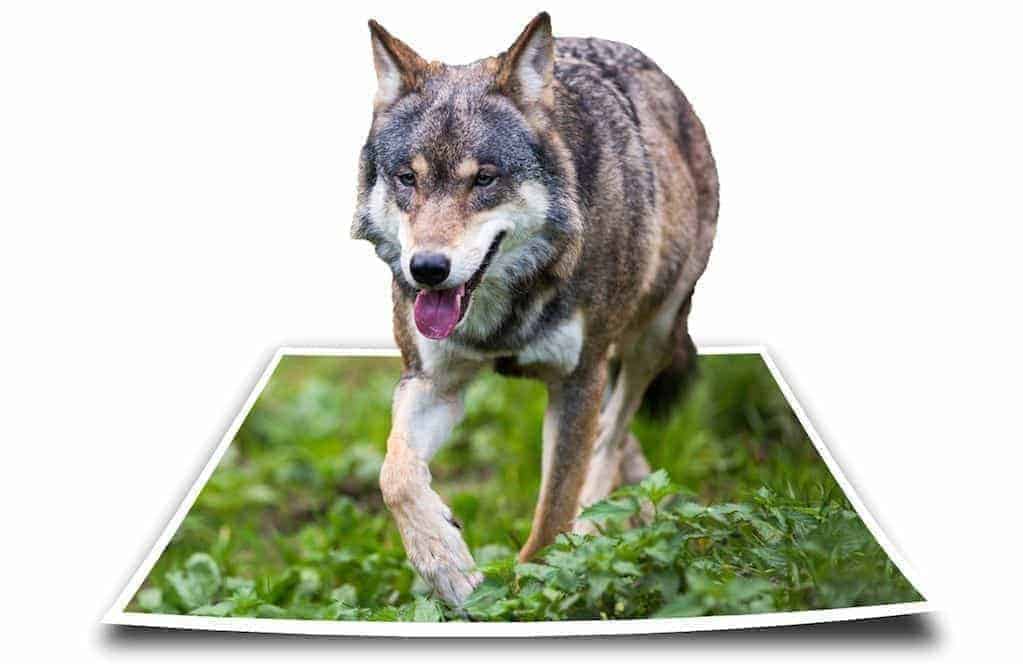Bee or Fly? Can you really distinguish them?
We all know that the looks are not all that matters. But when it comes to the question to eat (or not be eaten), appearance can be deceiving to survive. The many plants, animals, and other living creatures have evolved stunning strategies and adaptations to secure their place in the web of life.
Some of these strategies include going unnoticed through camouflage, having defensive structures like spines, or looking different from other members of the same species (apostatic selection). However, today we are going to talk about one of our favorite strategies: Batestian mimicry.
Batesian mimicry
In evolutionary biology, mimicry is the resemblance of one organism to another, usually in response to a selective advantage. Some might appear to be more threatening, while others might look more benign than they are. One of the most well-studied kinds of mimicry is the Batesian mimicry. This is where a harmless species evolves the appearance of species much more dangerous (for example, venomous or toxic). By doing so, the mimic gains protection because predators mistake it for the dangerous organism and leaves it alone.
There are many examples of Batesian mimics. One famous example is the poisonous coral snake and the king snake, which is the mimic. While coral snakes are quite venomous, also for humans, king snakes are completely harmless. Although they don’t look exactly alike, the similar coloration will make most predators stay away from both species. However, here is an old saying that will help you remember which one admire from a distance: ‘Red on black, friend of Jack; red on yellow, kill the fellow‘.
Closer to home, we have another clear example of this fascinating strategy. As we all know, the black and yellow stripes of many wasp and bee species are warning colours, which effectively proclaim ‘don’t mess with me or I will sting you‘ (and mean it). Among the best known wasp and bee mimics are the harmless hoverflies, which do an impressive impersonation of their more dangerous distant cousins. The ruse is so effective that even humans confuse them sometimes.
Can you distinguish between a bee and a fly?
At first, it may seem fairly easy to identify a fly from a bee, right? Well, let’s test your skills. Could you tell which ones in the following pictures are bees and which are flies? (Find answers below)
Here are some traits that can help you to identify them correctly:
- Look at the wings: Bees have two pair of wings, while flies only have one!
- Check the antennae: Bees have elbowed antennae which bend at a joint in the middle, as would a human arm. Flies instead have typically short, stubby, or hair-thin antennae. If you can’t see the antennae, you’re probably looking at a fly.
- The eyes never lie: Bees have shapely oval eyes on the sides of their heads, while flies have large, round eyes oriented towards the front and tend to make up the majority of the head.
- Look for pollen collecting hair and legs: Bees tend to have much more hair, also on their hind legs or under their abdomen, which help them carry pollen back to their nests. Furthermore the hind legs of many bees have broad segments to help them carry pollen. In contrast, flies do not collect pollen for their young. So they usually have smooth bodies and long fine legs, lacking the special structures that bees have for carrying pollen.
- Body shape: Bees have a short narrow waist that gives their body an ‘hour-glass’ shape. On the other hand, most flies have their thorax and abdomen usually fit closely together, hiding the waist area.
Solutions (from left to right on the desktop or top down on mobiles):
First line: (1) Bee: genus Colletes; (2) Hoverfly; (3) Bee: Xylocopa violacea
Second line: (4) Bee: Hylaeus modestus; (5) Hoverfly; (6) Hoverfly
How many did you guess right?

